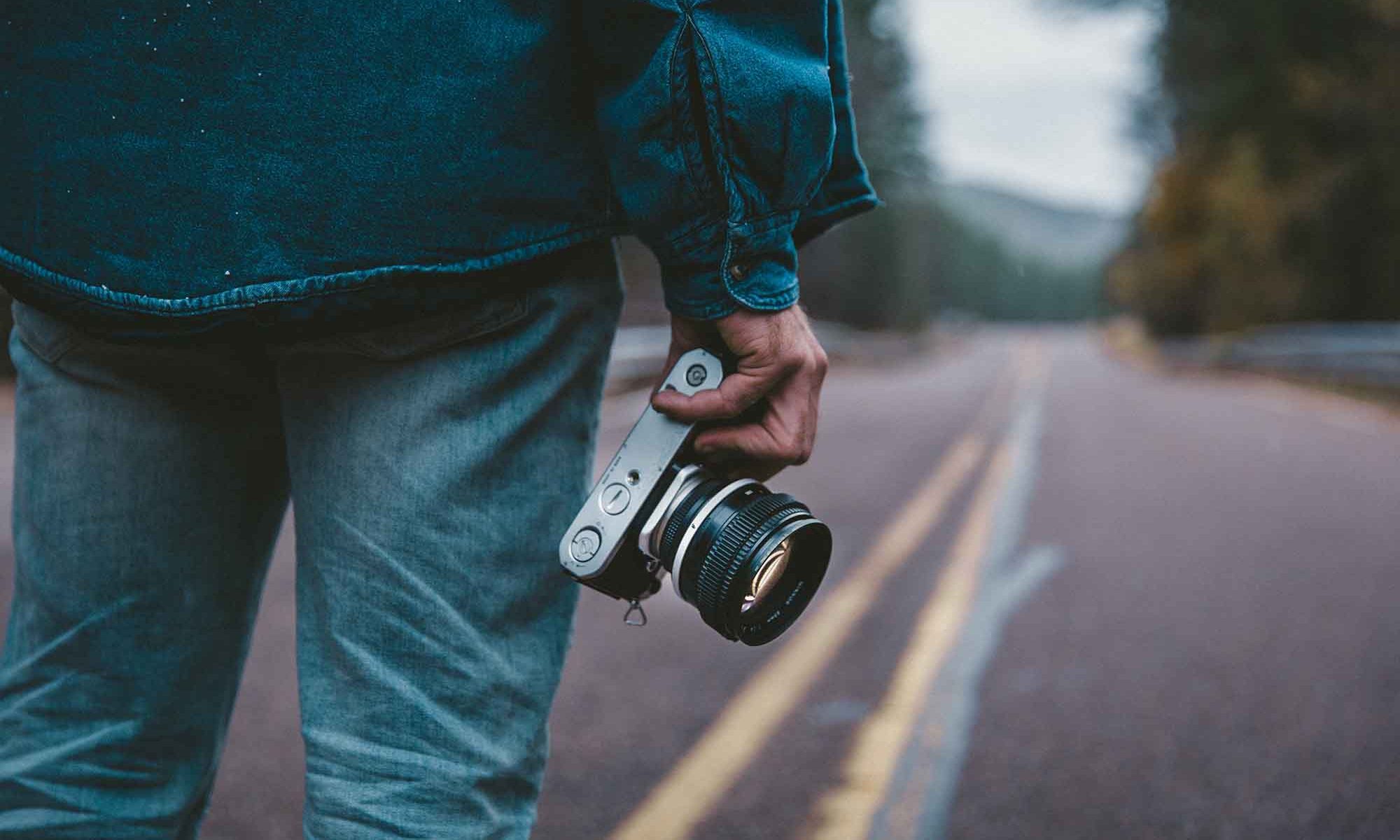
As I’ve mentioned here before, I have a new gig as an editor at MAKE: Books, the book imprint for MAKE magazine. The latest book to come out of MAKE (done before I came on-board) is Tom Igoe’s Making Things Talk. Man am I excited about it. It looks great, it’s written in a very clear and approachable voice, and it’s loaded with cool, quirky projects for using Arduino/Wiring microcontrollers to create networked objects, embedded devices that can talk to each other and connect to the world via the Web.
Like Dorkbot, one of the things I love about MAKE is how it isn’t just for the geekiest among us — both orgs appeal to creative types/artists, too. Making Things Talk is also geared that way. Throughout its pages, and for each chapter opener, there’s an example shown of projects created by artists, art or engineering students, or others who are using Arduino/Wiring hardware and the Processing software language to create cutting edge techno-art. And also like MAKE proper, there’s a real “I can do this” energy behind the book. I’m not much of an MCU/programming kind o’ geek, but looking through this, I’m inspired to try some of the projects. And with the cost of Arduino hardware so low, there’s not a big investment in giving it a try. Like with LEGO Mindstorms, the Arduino LilyPads, and other seriously-cool embedded tech that’s coming to market these days, I can’t help but wonder what today’s generation of hardware hackers will do when this is what they have to cut their teeth on.
Making Things Talk is available in the Maker Store. I have to admit, I find it a tad intimidating that the bar has been set this high at MAKE: Books. According to the intro, the amazing Brian Jepson of Hackszine (who was the editor for this title) actually did all of the projects himself during the editing process. Jeez Brian, way to make the rest of us look like slackers. Don’t we have tech editors for this sort of thing? But then, Tom Igoe has created such a juicy book I bet few real geeks could read it and NOT want to do the projects.











 I’m at
I’m at  If you want to participate in the workshops, you may want to check out the materials I put together before the Bay Area Faire. They’re available at
If you want to participate in the workshops, you may want to check out the materials I put together before the Bay Area Faire. They’re available at 
